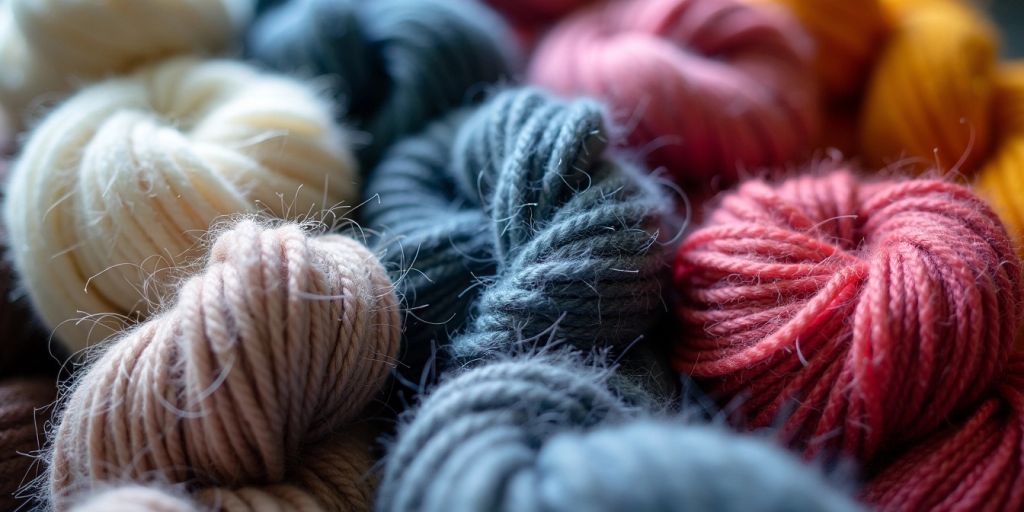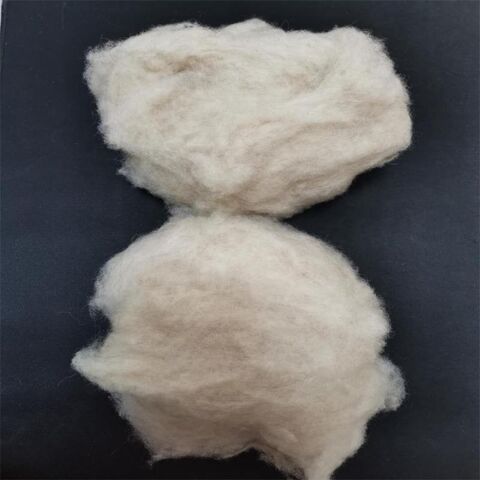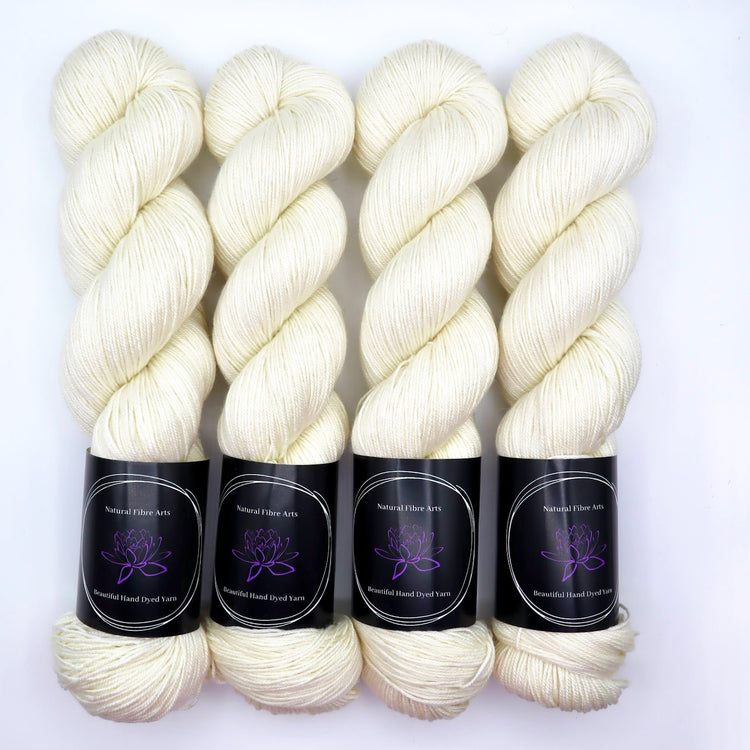Recognizing the Various Sorts Of Cashmere an All-natural Fiber and Their Special Benefits

The Origins of Cashmere: A Historic Summary
While the elegant touch of cashmere continues to appeal contemporary customers, its beginnings trace back to the rough, cold environments of Mongolia and the Himalayas. For centuries, the native individuals of these regions have been increasing Capra Hircus goats, the prime source of cashmere wool. These goats, resistant against the serious winters months, grew a great undercoat to endure, which later on ended up being referred to as cashmere. The name itself admires Kashmir, a region in India where the wool was originally processed. Much of the early cashmere trade route was promoted by the Silk Roadway, linking Asia with the Middle East and Europe. In spite of its global spread, the finest cashmere is still thought to originate from the initial regions of Mongolia and the Himalayas.

The Production Refine: From Goat to Garment
Shearing a Capra Hircus goat notes the beginning of the intricate cashmere manufacturing procedure. The resultant raw cashmere is after that washed to get rid of contaminations such as dirt, veggie, and grease matter.
The clean fiber goes through dyeing, rotating, and weaving, or knitting, to change it right into a material. Complex procedures such as quality control checks and completing procedures comply with, ensuring the end product maintains the lavish standard expected of cashmere. This meticulous procedure, from goat to garment, validates the high expense affixed to cashmere products, making them a sign of deluxe and refinement.
The Different Sorts Of Cashmere: A Comprehensive Evaluation

The Distinct Benefits of Cashmere: Comfort and Sustainability
Moving from go now the selection of cashmere types to the benefits they supply, comfort and sustainability stand apart plainly. Cashmere, a natural fiber, is renowned for its exceptional gentleness, offering a level of convenience that artificial fibers can't match. The material's lightness, yet excellent heat retention, makes it suitable for all seasons. Moreover, cashmere's all-natural elasticity permits it to go back to its initial shape, making it resistant to extending or shrinking.
When it comes to sustainability, cashmere is renewable and naturally degradable, as it's harvested from cashmere goats who regrow their coats yearly. what is cashmere. Unlike synthetic fibers which can take hundreds of years to break down, cashmere's influence on the setting is very little. This mix of convenience and sustainability makes cashmere an advantageous selection for mindful customers

Taking Care Of Your Cashmere: Maintenance and Conservation Tips
While visit site cashmere is most certainly a lasting and luxurious option, it needs particular care to keep its top quality and prolong its life expectancy. To start, cashmere should be hand cleaned making use of cold water and a light cleaning agent. Avoid wringing the garment or turning as it can damage the fibers. Rather, delicately capture out excess water and lay it level on a towel to dry. In addition, cashmere things should be stored in a completely dry and trendy place, far from direct sunlight and moisture. Using moth repellents can protect these garments from prospective damages. It's recommended to prevent hanging cashmere to protect against extending. Instead, layer and shop them properly to keep their shape and high quality with time.
Buying Cashmere: Comprehending Its Worth and Well Worth
Although cashmere might originally appear like an expensive financial investment, its lasting value and worth come to be evident when you consider its remarkable high qualities. Understood for its unmatched soft qualities and warmth, cashmere is a costs natural fiber that exceeds other materials. Its high demand and limited supply add to its high rate, however its longevity guarantees it lasts for several years, using superb value for money. Cashmere items are classic, frequently ending up being visit the site treasures gave with generations. what is cashmere. Furthermore, its natural protecting residential or commercial properties provide heat without the bulk of artificial fibers. Purchasing cashmere, consequently, is not nearly present style trends, yet regarding embracing a lasting, resilient, and glamorous way of living.
Final Thought
In recap, the type of cashmere one picks, be it Mongolian, Chinese, or Italian, is determined by individual choices for heat, high-end, sustainability, and budget plan. The worth of cashmere extends past its rate, with convenience and longevity including to its worth. Proper care and upkeep can guarantee its conservation. For that reason, recognizing the origins, manufacturing procedure, and one-of-a-kind advantages of various sorts of cashmere can direct customers in their financial investment in this elegant natural fiber.
Whether it's the phenomenal heat of Mongolian cashmere, the cost of Chinese cashmere, or the eco-conscious production of Italian cashmere, there's a story to be discovered behind each fiber kind. Cashmere, a natural fiber, is renowned for its unequaled gentleness, offering a degree of comfort that synthetic fibers can not match.When it comes to sustainability, cashmere is naturally degradable and sustainable, as it's collected from cashmere goats who regrow their layers annually. Understood for its exceptional soft qualities and warmth, cashmere is a premium all-natural fiber that outshines other products. Comprehending the beginnings, production process, and distinct advantages of different kinds of cashmere can assist consumers in their financial investment in this extravagant natural fiber.